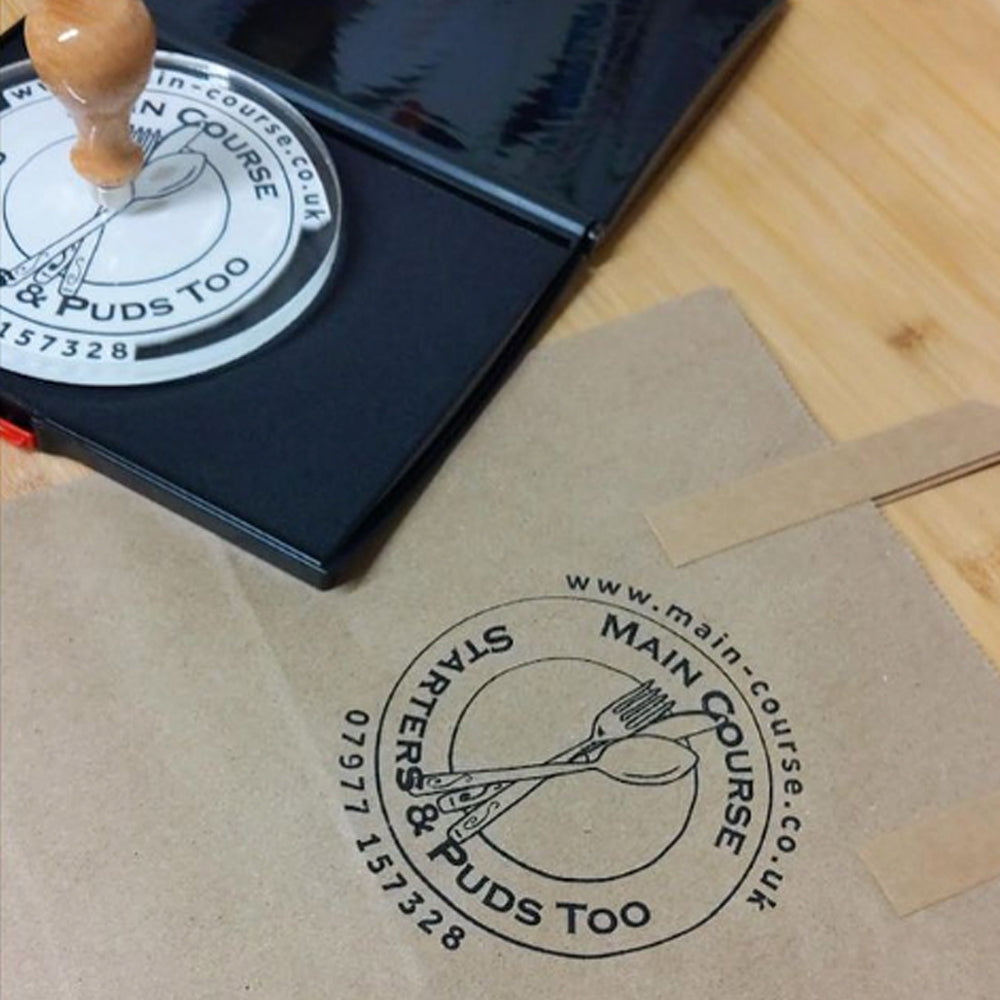The Cultural Significance of Noodle Boxes
Noodle boxes, often recognized as a staple of Asian takeout cuisine, have transcended their humble origins to become a global symbol of convenience and cultural fusion. These charming containers, typically made of paper or cardboard, serve more than merely holding delicious noodles; they encapsulate a rich history and reflect the changing landscapes of culinary traditions.
Noodle boxes, or takeout boxes, as they are commonly known in the West, have their roots in Asian cuisines, particularly Chinese culinary practices. In traditional Chinese culture, food was often served in communal dishes, allowing diners to share and enjoy meals together. However, as Chinese immigrants settled in various parts of the world, especially the United States in the 19th century, they adapted their culinary practices to meet the needs of their new environments. The noodle box emerged as an ingenious solution for serving food in a portable manner while maintaining its warmth and freshness.
The design of the noodle box is as functional as it is iconic. The structure, typically featuring a pagoda-like top that can be folded over, enables easy transport and minimizes the risk of spills. The box's waxed paper lining keeps greasy noodle dishes contained, while the handle offers portability, making it ideal for busy city dwellers. This combination of practicality and style has led the noodle box to become synonymous with fast, delicious food.
noodle boxes

As the popularity of noodle boxes grew, they began to represent more than just a means of carrying food. They evolved into a cultural phenomenon, reflecting the globalization of cuisine. Noodle boxes are now filled with various culinary delights worldwide, from classic lo mein to gourmet vegan dishes, showcasing the versatility and adaptability of noodle-based meals. This transformation illustrates the blending of traditional practices with modern tastes, bridging cultural gaps and creating dialogues between diverse culinary traditions.
In recent years, the noodle box has gained prominence not only for its practical use but also as a symbol of sustainability
. Many restaurants and food vendors are moving away from plastic containers, recognizing the environmental impact of single-use plastics. Noodle boxes, often made from recyclable materials, present a more eco-friendly option, aligning with the growing consumer demand for sustainable practices in food service. This shift reinforces the idea that cultural artifacts like noodle boxes can adapt not only to changing consumer preferences but also to pressing global issues like environmental responsibility.Beyond their practical and cultural significance, noodle boxes also offer an experience that connects diners with the food they consume. The enjoyment of eating noodles from a box can evoke feelings of comfort and nostalgia, conjuring memories of bustling restaurants and late-night cravings. The simplicity of opening a noodle box and savoring its contents emphasizes the joy of food—a celebration of culinary creativity and shared experiences.
In conclusion, noodle boxes are much more than simple food containers; they are emblematic of the dynamic relationship between culture, cuisine, and sustainability. Their journey from traditional Asian eateries to global recognition reflects the evolution of food practices and the importance of adaptability in a rapidly changing world. As we continue to explore diverse culinary landscapes, noodle boxes will undoubtedly remain a beloved element of our dining experiences, reminding us of the beauty of shared meals and cultural exchange.



